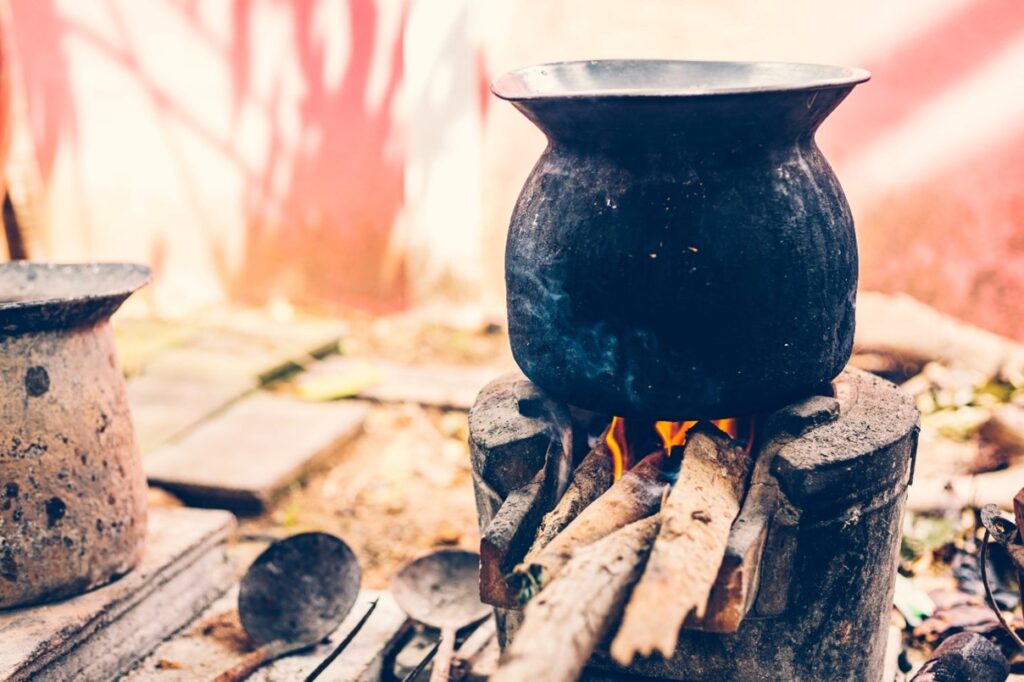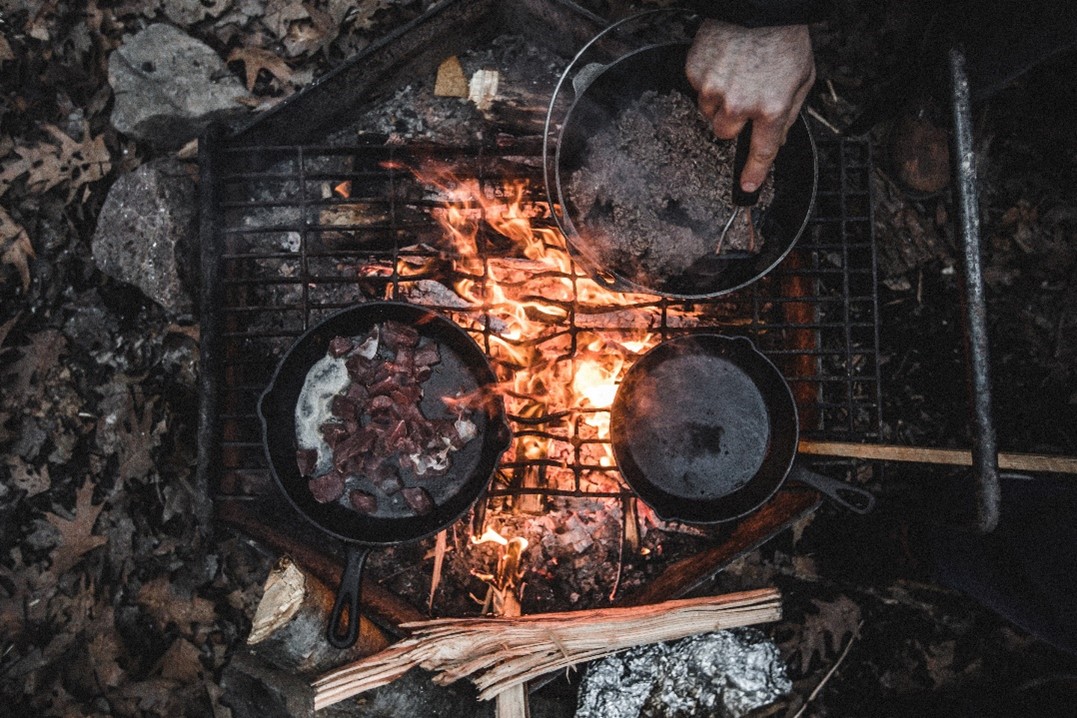In the fast-paced world of modern gastronomy, it’s easy to get caught up in the latest culinary trends, forgetting the rich tapestry of culinary history that precedes us. The way we cook and consume food today has evolved tremendously from ancient times, shaped by technological advances, cultural exchanges, and changing tastes. In the following article, Tyler Coia ventures back in time to rediscover the cooking techniques that sustained our ancestors, offering a fascinating glimpse into their daily lives and the flavors that defined their civilizations.
Fire, Stone, and Earth: The Foundations of Ancient Cooking
In the earliest days of human history, cooking was a rudimentary yet ingenious process. Fire, one of humanity’s most significant discoveries, revolutionized the way we prepared food. The controlled application of heat allowed our ancestors to transform raw ingredients into nourishing, digestible meals.
Imagine a hearth, where stones were heated over an open flame and used to cook or roast food. This method, known as hot stone cooking, was a prevalent technique in cultures across the globe. Today, it looks a little different. However, whether it was the Native American tribes of North America or the indigenous Maori people of New Zealand, hot stone cooking left a mark on diverse culinary traditions.
Similarly, earth ovens, or pit ovens, were prevalent in many ancient cultures. These underground ovens used heated stones and embers to slow-cook food in pits dug into the earth. The Maori hāngi, the Hawaiian imu, and the Native American clambake are all examples of this ancient cooking method.
From Clay Pots to Metal Cauldrons: The Evolution of Cookware
As civilizations advanced, so did their culinary tools. Clay pots emerged as a pivotal element of ancient cooking. Their porous nature allowed for a slow, even distribution of heat, resulting in tender, flavorful dishes. Across Mesopotamia, Greece, and Rome, clay pots played a vital role in culinary traditions.
As societies progressed, so did their metallurgical skills. The Bronze Age brought with it the advent of metal cookware, enabling better heat control and culinary precision. Copper and bronze cauldrons became essential components of ancient kitchens, allowing for more sophisticated cooking techniques.

Fermentation and Preservation: Ancient Culinary Alchemy
Ancient cooks were adept at preserving and enhancing the flavors of their ingredients. Fermentation, a process that harnesses the power of microorganisms, was used to transform raw ingredients into a myriad of culinary delights. From sourdough bread in ancient Egypt to kimchi in ancient Korea, fermentation was a cornerstone of ancient cooking.
Additionally, various preservation methods such as salting, drying, and pickling were employed to ensure food longevity. These techniques not only allowed for the storage of surplus harvests but also introduced unique and complex flavors to ancient cuisines.
Conclusion: A Culinary Heritage Worth Preserving
Exploring ancient cooking techniques offers a profound appreciation for the ingenuity and resourcefulness of our forebears. Their culinary traditions laid the foundation for the diverse and sophisticated cuisines we savor today. By rediscovering these ancient methods, we not only connect with our culinary heritage but also gain a deeper understanding of the profound impact food has had on human history.
As we fire up our modern stoves and ovens, let’s take a moment to reflect on the culinary journey that brought us here. By incorporating elements of ancient cooking into our modern kitchens, we pay homage to the enduring legacy of those who came before us, ensuring that their culinary wisdom continues to shape our gastronomic experiences for generations to come.
